MezzFS?—?Mounting object storage in Netflix’s media processing platform
The Netflix TechBlog
MARCH 6, 2019
—?Mounting object storage in Netflix’s media processing platform By Barak Alon (on behalf of Netflix’s Media Cloud Engineering team) MezzFS (short for “Mezzanine File System”) is a tool we’ve developed at Netflix that mounts cloud objects as local files via FUSE. Encoding is not a one-time process?—?large We have one file?—?the






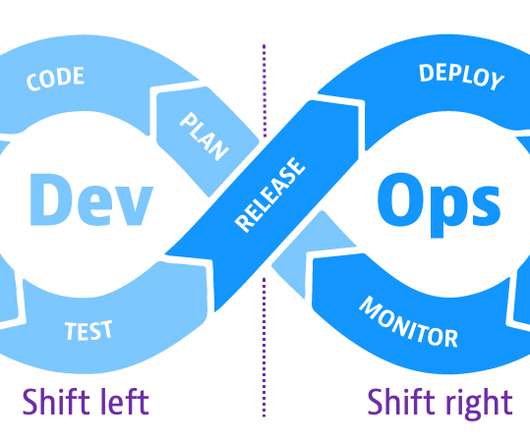
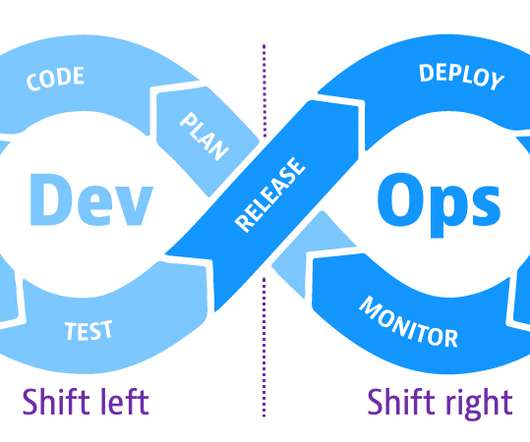
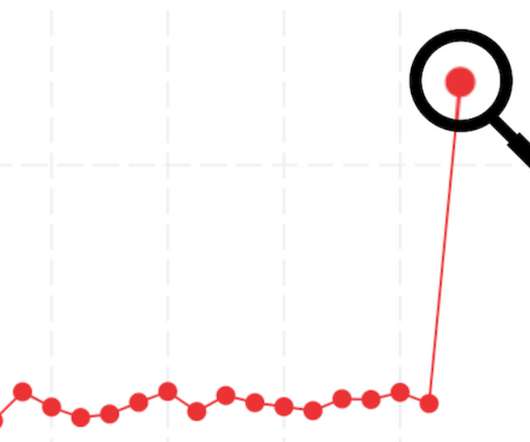

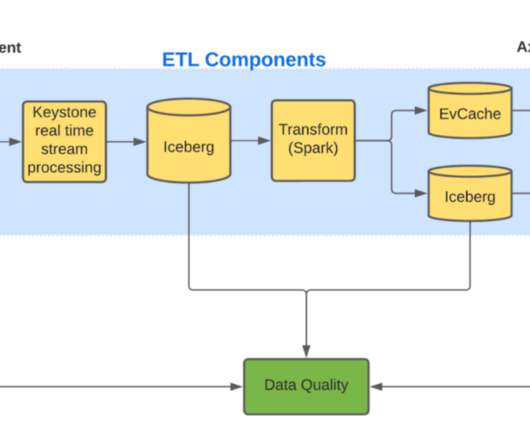


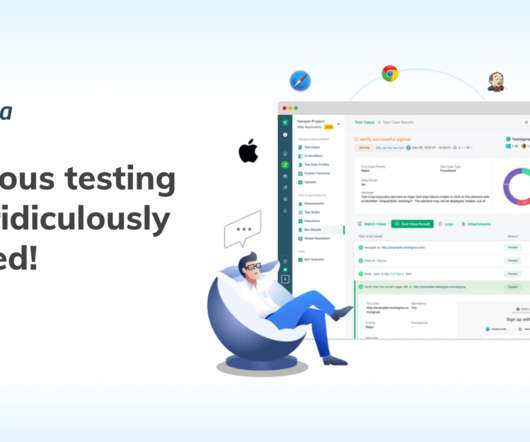







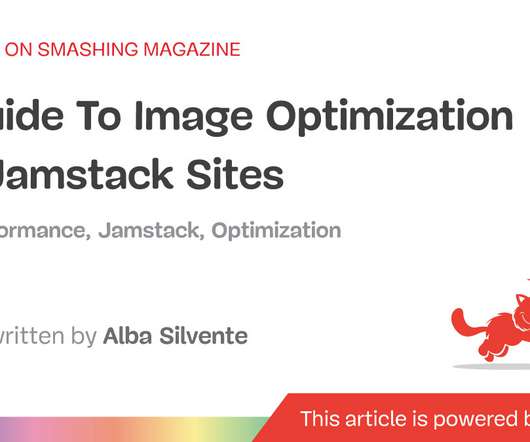








Let's personalize your content